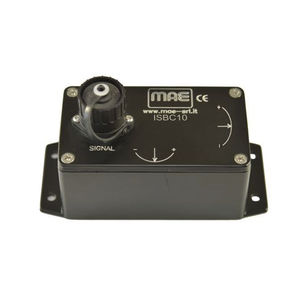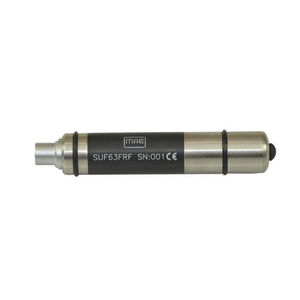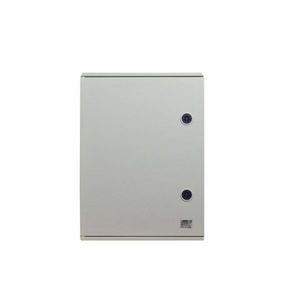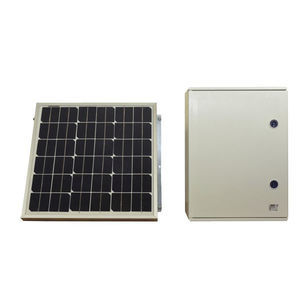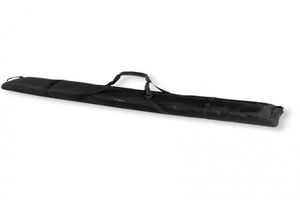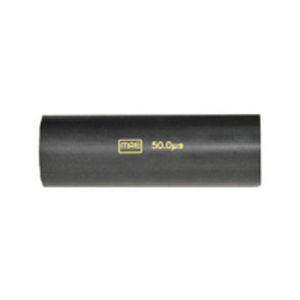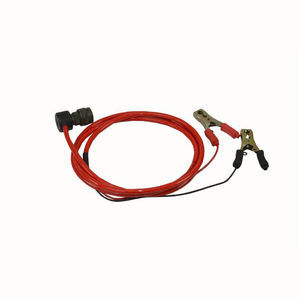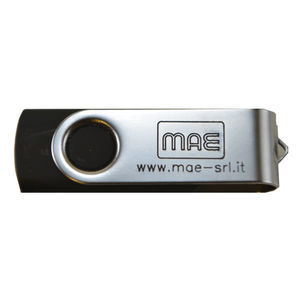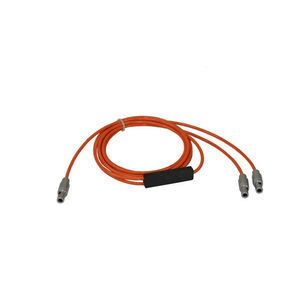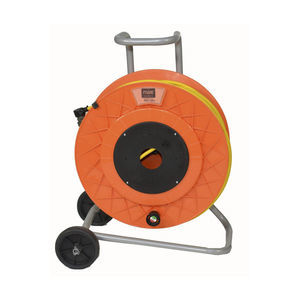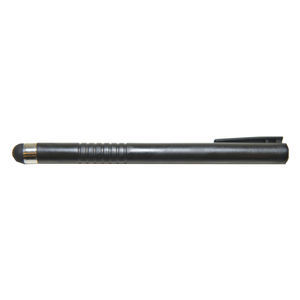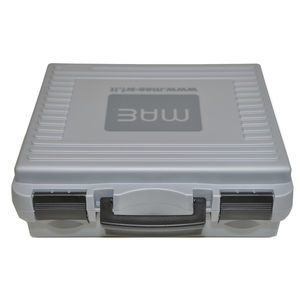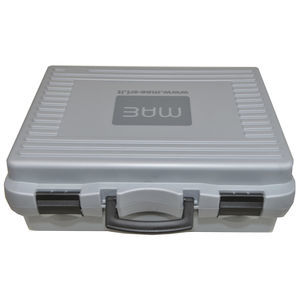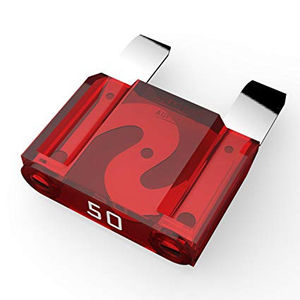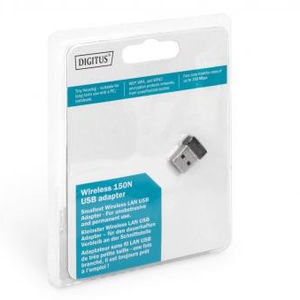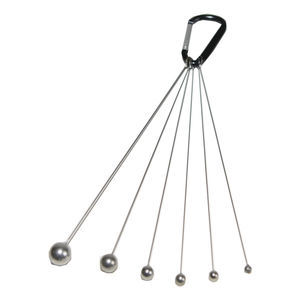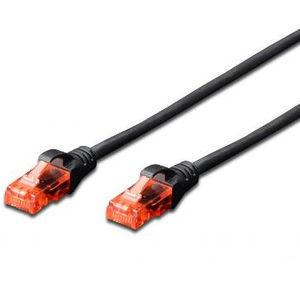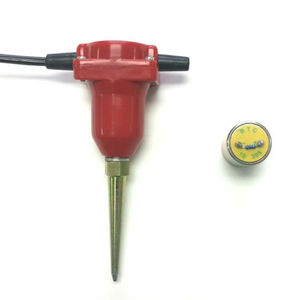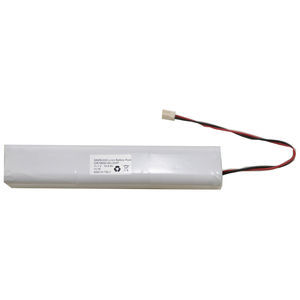
- Company
- Products
- Catalogs
- News & Trends
- Exhibitions
3D seismic sensor S3S2surfaceIP65
Add to favorites
Compare this product
Characteristics
- Typ
- surface, 3D
- Other characteristics
- IP65
- Frequency
2 Hz
Description
3D SEISMIC SURFACE SENSOR, 2 HZ FREQUENCY GEOPHONES
A significant part of the damages observed in destructive earthquakes all over the world is associated with the amplification of seismic waves due to the effects of the local site. The analysis of the site response is therefore essential in the evaluation of the seismic risk in areas subject to earthquakes. In order to evaluate the effects of the local site, a series of surveys must be carried out. Among the empiric methods, the method of spectrum analyses H/V on environmental vibrations is one of the most common. The method, also called “Nakamura” technique (Nakamura, 1989), was introduced by Nogoshi and Igarashi (1971) based on the initial studies of Kanai and Tanaka (1961). Since then, many researchers worldwide performed a large number of applications.
An important requirement to carry out the H/ V method consists in a fairly good knowledge of seismology combined with basic information on local geological conditions supported by geo-physical and geo-technical data. The method is generally applied in micro-zoning studies and in the analysis of the local response of specific sites.
Description
3D surface sensor manufactured according to highest quality standard, 10 mm aluminum case which can ensure stable positioning of internal components, external oxidation for a finishing that facilitates cleaning after field use. This sensor can be connected to all Mae instruments related to Active Seismic, Passive Seismic and Seismic Monitoring categories. Levelling through bases regulation ferrules and level indication. If used in country it is possible to replace adjustable bases with fixing tips (supplied).
Catalogs
No catalogs are available for this product.
See all of M.A.E. S.r.l.‘s catalogs*Prices are pre-tax. They exclude delivery charges and customs duties and do not include additional charges for installation or activation options. Prices are indicative only and may vary by country, with changes to the cost of raw materials and exchange rates.


















